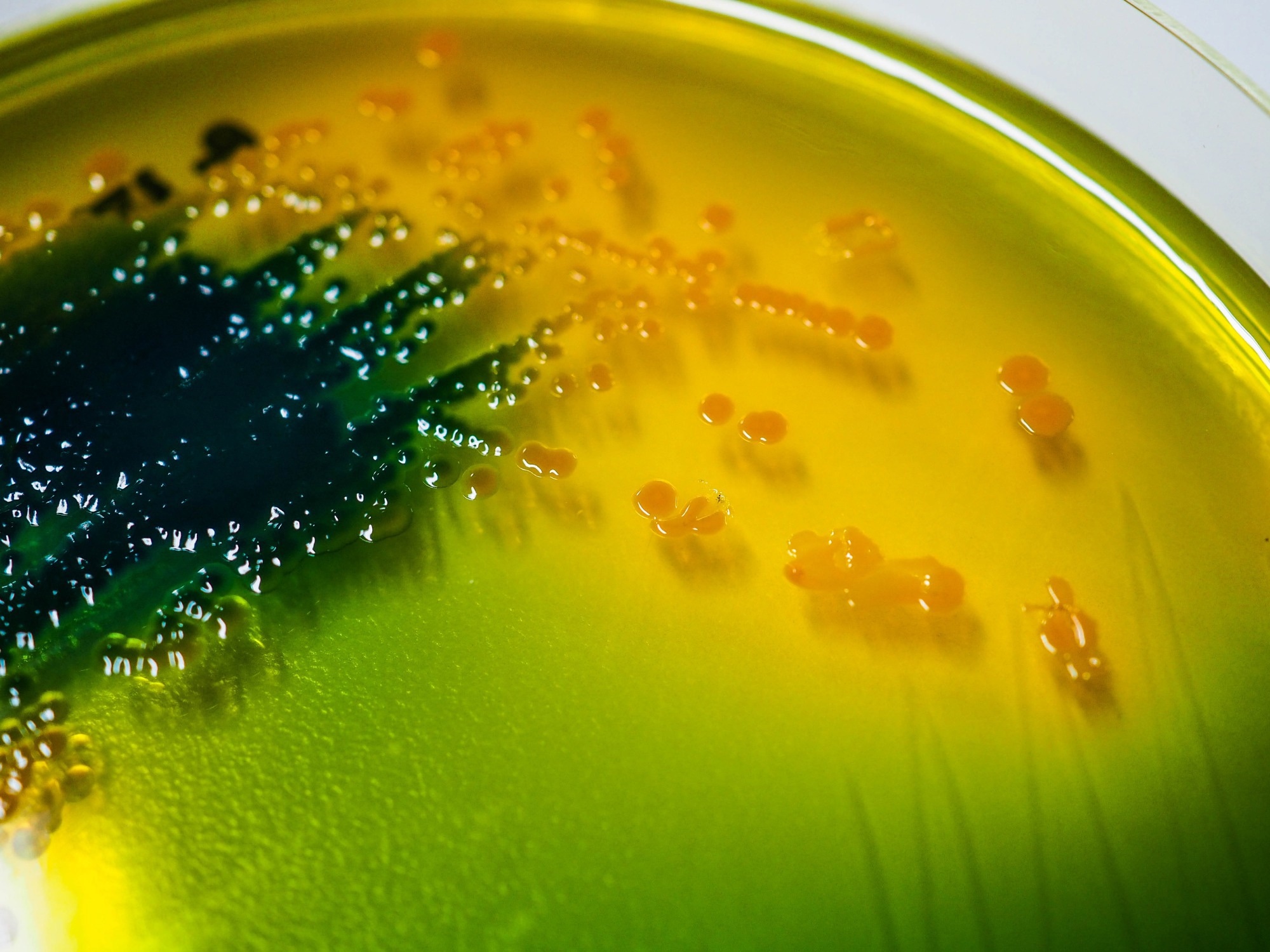 By Pooja Toshniwal PahariaReviewed by Lexie CornerJun 6 2025
By Pooja Toshniwal PahariaReviewed by Lexie CornerJun 6 2025A recent study published in PNAS looked at how Vibrio cholerae interacts with chitin, focusing on how the bacteria take up DNA and form biofilms.
The researchers studied how natural transformation (NT)—a process where bacteria absorb and use DNA from their environment—contributes to microbial evolution.

Image Credit: MyFavoriteTime/Shutterstock.com
They found that V. cholerae collects DNA from the marine environment by binding it to chitin and then integrating it into its genome. This shows that chitin plays an important role in aquatic ecosystems as a DNA source, helping bacteria exchange genes across species.
This process supports bacterial adaptation and evolution, especially in nutrient-rich waters where chitin is abundant.
Background
Vibrio cholerae is a human pathogen that mainly lives in marine environments. It often forms biofilms on chitin, a tough material found in the shells of shrimp, crabs, and other aquatic animals. Chitin is not just a surface for attachment—it also provides nitrogen and carbon, making it essential for the bacteria’s survival in the wild.
Contact with chitin activates natural transformation in V. cholerae, triggering genes related to DNA uptake and increasing the bacteria’s ability to absorb genetic material. This gives the bacteria a competitive edge in adapting to their environment.
This gene transfer, driven by chitin, plays a role in the development of new pathogenic strains. While the genetic steps behind NT are known, it’s still unclear why V. cholerae activates this process specifically when attached to chitin.
About the Study
The researchers studied how DNA builds up on chitin and how available it is for uptake by V. cholerae. They used bacterial strains derived from V. cholerae E7946. To observe biofilm formation, they grew the bacteria in microfluidic devices made of polydimethylsiloxane. These devices included small pillars to hold chitin particles in place, creating a stable setup for imaging with confocal microscopes.
To test how DNA sticks to chitin, the team flowed artificial seawater through the chitin-containing devices for 24 hours at 0.10 µL/minute. They added 0.13 μg/L of DNA, both with and without Cy3 fluorescent labels. Afterward, they washed the chitin and used Qubit fluorometers to measure how much DNA had stuck to the surface.
To see if V. cholerae could use the DNA stuck to chitin, they introduced strains carrying two different genetic constructs. One was non-functional, containing a green fluorescent protein (GFP); the other was functional, containing a red fluorescent protein, mKate2. If V. cholerae took up the DNA, it would repair the non-functional gene and produce green fluorescence.
Results
Chitin exposed to Cy3-labeled DNA showed strong fluorescence on the surface compared to controls with unlabeled or dye-only solutions. This confirmed that DNA binds well to chitin, making it a reliable surface for collecting free DNA in the environment.
To absorb this DNA, V. cholerae relies on type IV pili (T4P)—tiny surface structures that grab DNA at the tip and retract to pull it into the cell. After letting DNA stick to chitin and then washing it, the researchers saw GFP-expressing bacteria near the chitin after 48 hours. This confirmed that V. cholerae used the adsorbed DNA for natural transformation.
The study helps explain why V. cholerae increases expression of its DNA uptake machinery in the presence of chitin. The findings also show that this strategy can help the bacteria adapt even when no other Vibrio species are around. Since chitin captures DNA from many sources, it supports gene exchange and boosts genetic diversity.
The team repeated the experiment using chitin from wild shrimp and found similar results. This showed that the way chitin was prepared did not affect the outcome, adding confidence to their conclusions.
Download your PDF copy now!
Conclusion
Chitin acts as a strong DNA-binding surface in marine environments and plays a major role in gene transfer for Vibrio cholerae. It helps bacteria pick up genetic material from their surroundings, making it easier for them to adapt and evolve. These findings highlight how a structural component like chitin also plays a key role in shaping microbial genetics and ecosystem diversity.
Journal Reference
J.D. Holt, Y. Peng, T.N. Dalia, A.B. Dalia, C.D. Nadell. (2025). Environmental DNA adsorption to chitin can promote horizontal gene transfer by natural transformation, Proc. Natl. Acad. Sci. U.S.A. 122 (22) e2420708122, DOI: 10.1073/pnas.2420708122, https://www.pnas.org/doi/10.1073/pnas.2420708122